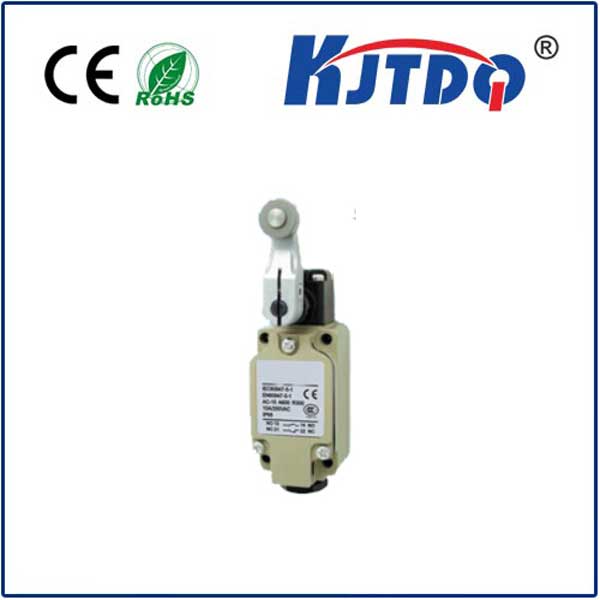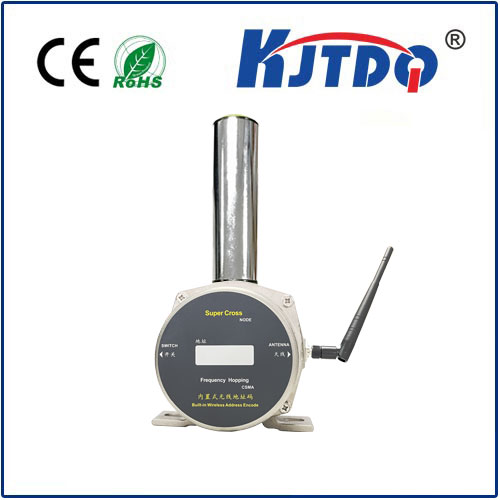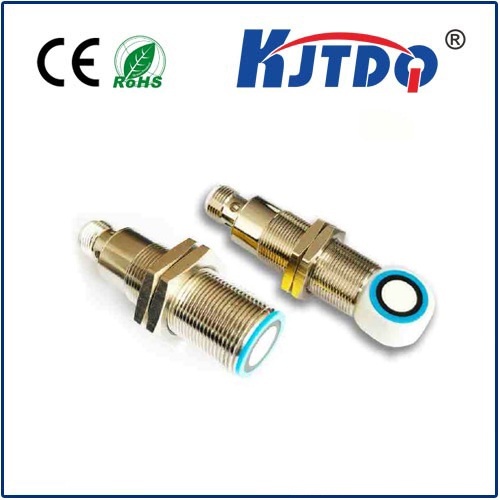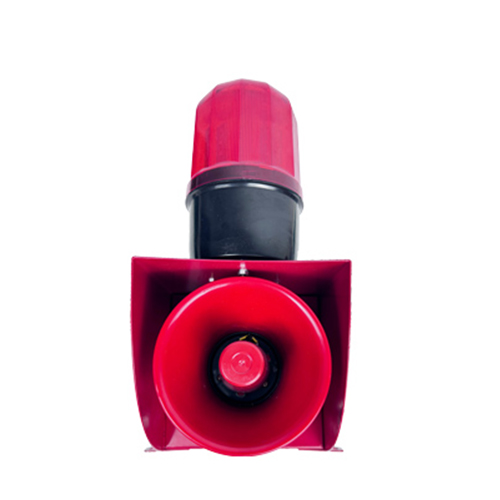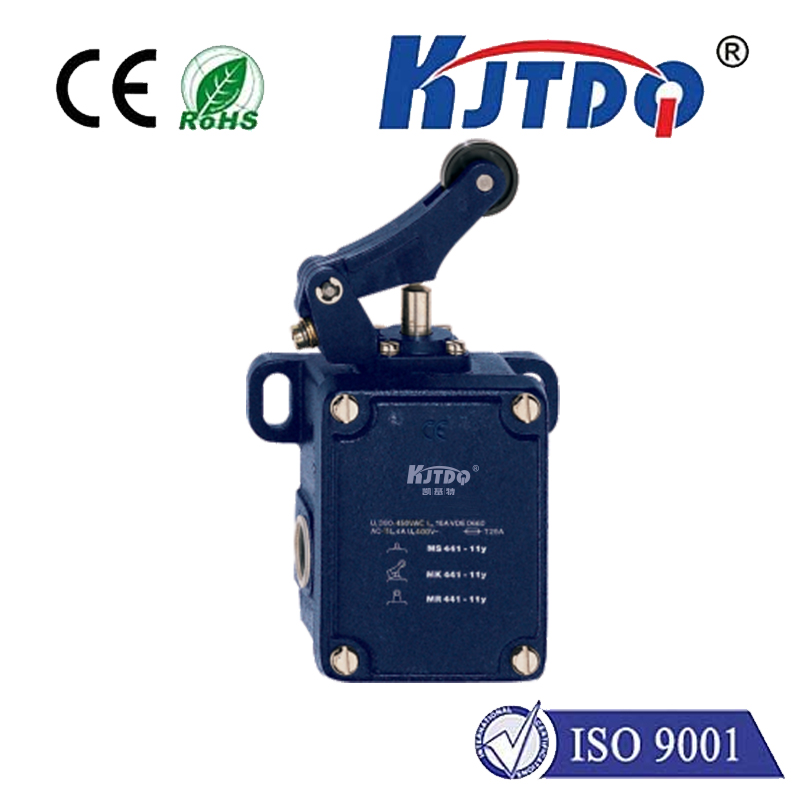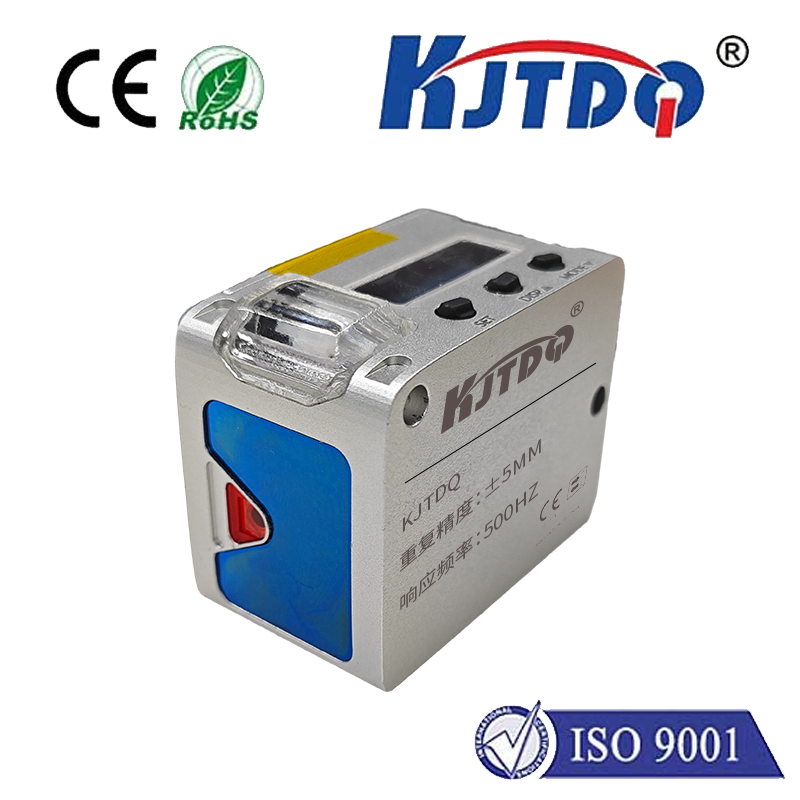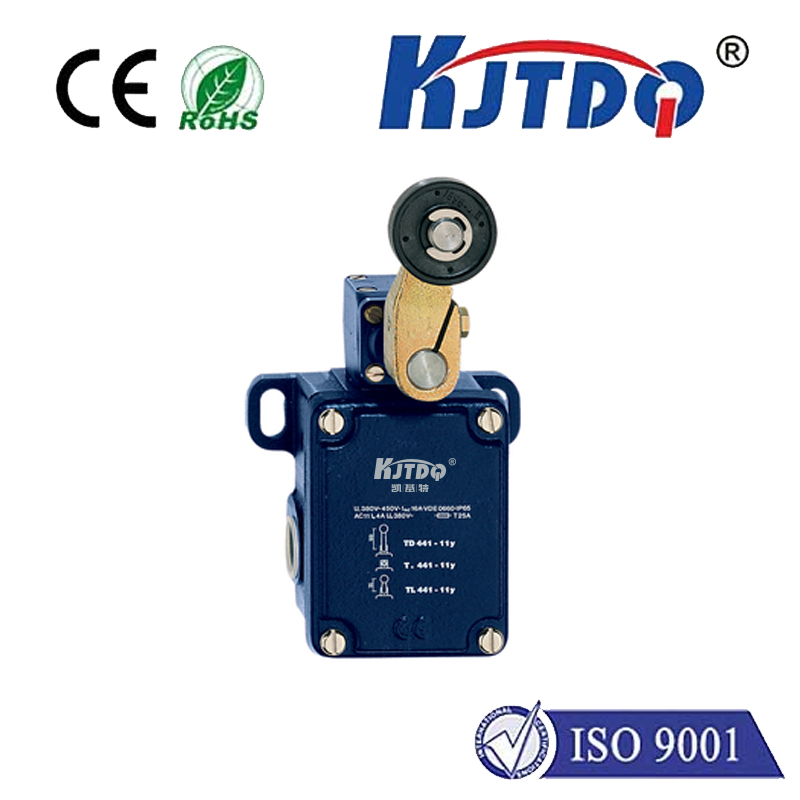laser level sensor 4-20ma
- time:2025-09-13 04:29:43
- Click:0
Laser Level Sensors with 4-20mA Output: Precision Measurement Meets Robust Industrial Communication
Ever stared at a towering silo filled with abrasive powder or peered into a murky process tank, wondering, “Exactly how full is this thing?” And more importantly, how can you get that crucial level data reliably into your control system, even in the harshest industrial environments? The answer often lies at the intersection of cutting-edge optical technology and a decades-old, battle-tested communication standard: the laser level sensor equipped with a 4-20mA current loop output. This powerful combination delivers the pinpoint accuracy of laser measurement with the proven resilience and simplicity demanded by industrial automation.
Beyond the Beam: Understanding the 4-20mA Advantage
Laser level sensors themselves represent a significant leap in precision. By emitting a focused beam of coherent light to a target surface (liquid, solid, powder) and measuring the time-of-flight or phase shift of the reflected signal, they calculate distance with remarkable accuracy, often down to the millimeter. This translates directly into precise level measurement. But raw data needs a robust and universally understood language to reach control rooms, PLCs (Programmable Logic Controllers), and SCADA (Supervisory Control and Data Acquisition) systems.

This is where the 4-20mA current loop shines. It’s not just a signal; it’s an entire communication philosophy designed for industry. Here’s why it’s the go-to choice for laser level sensors and countless other process instruments:
- Intrinsic Noise Immunity: Unlike voltage signals that can be easily distorted by electromagnetic interference (EMI) prevalent in industrial plants, a current signal is far more resistant. The current loop maintains signal integrity over long cable runs past motors, drives, and generators.
- Live Zero Distinction: The 4mA baseline serves a critical purpose. Signals below 4mA clearly indicate a fault condition – such as a broken wire, sensor malfunction, or power loss. A 0mA signal is unambiguously “dead system,” preventing dangerous misinterpretations of low-level readings. This “live zero” concept is fundamental to industrial safety and diagnostics.
- Simplicity and Standardization: The 4-20mA loop is a simple two-wire system (power and signal share the same pair) that almost every modern control system understands natively. Integration is straightforward, requiring minimal configuration.
- Power over Loop: The same two wires that carry the signal also provide the operating power for the sensor (typically 12-24V DC), simplifying installation and reducing wiring complexity.
- Long-Distance Capability: While voltage drops over distance can corrupt voltage signals, 4-20mA systems can reliably transmit over several kilometers with appropriate cabling, making them ideal for large facilities.
The Synergy: Laser Precision Amplified by Current Reliability
Integrating a laser level transmitter with a 4-20mA output creates a sensor package that excels where others might struggle:
- High-Accuity Measurements in Difficult Media: Laser sensors can measure through condensation, dust (within limits), and even some surface foams. Their narrow beam allows them to target specific points, avoiding obstructions like agitators or tank internals. Pairing this with a 4-20mA signal ensures that high-resolution data arrives at the control system intact, even when traversing electrically noisy paths near heavy machinery.
- Long-Range Stability: For applications measuring levels in deep silos, tall tanks, or across wide vessels, the laser’s ability to handle long ranges combined with the current loop’s long-distance transmission capability is a winning combination. You get precise measurement at the source and guaranteed signal arrival at the destination.
- Harsh Environment Resilience: Many 4-20mA laser sensors are housed in rugged enclosures rated IP67, IP68, or IP69K, protecting sensitive electronics from dust, water jets, high-pressure washdowns, and corrosive atmospheres. The robust signal transmission complements this physical durability.
- Simplified Integration: For plant engineers and technicians, seeing a 4-20mA output on a sensor datasheet immediately signals easy compatibility with existing control infrastructure. No complex gateways or protocol converters are typically needed, reducing commissioning time and cost. The plug-and-play nature of the 4-20mA interface significantly speeds up system deployment.
- Scalable Systems: Adding another 4-20mA sensor to a system is usually as simple as connecting it to a spare input on your PLC or controller card. The standardized nature facilitates system expansion.
Where 4-20mA Laser Level Transmitters Excel: Key Applications
This technology finds its niche wherever highly accurate, remote level monitoring meets challenging industrial conditions:
- Bulk Solids Handling: Accurately measuring levels in silos containing grains, plastics pellets, cement, fly ash, or minerals. The laser pinpoints the pile surface, while 4-20mA reliably transmits the data back through potentially dusty environments. Preventing overfills or empty runs is critical for efficiency and safety.
- Liquid Storage Tanks: Monitoring levels of water, chemicals, wastewater, or fuels in both atmospheric and pressurized tanks. Laser sensors offer non-contact measurement, avoiding contamination or corrosion issues associated with submerged probes. The 4-20mA signal integrates seamlessly into tank farm management systems.
- Process Vessels & Reactors: Controlling levels in mixing tanks, reactors, or filtration units within chemical, pharmaceutical, or food & beverage plants. Laser sensors handle vapors, steam, and varying surface properties, while the current loop provides noise-free signaling vital for precise process control loops.
- Restricted or Hazardous Areas: The non-contact nature of laser measurement is ideal for applications involving sticky materials, extreme temperatures, or where access is limited. Combined with intrinsically safe (IS) or explosion-proof rated 4-20mA transmitters, they can operate safely in Zone 0/1 or Division 1 hazardous areas. Safety certifications are paramount for operation in volatile environments.
- High Purity Applications: In industries like semiconductor manufacturing or pharmaceuticals, avoiding contamination is critical. Non-contact laser sensors are perfect, and the simple 4-20mA interface minimizes potential points of failure compared to more complex digital buses.
Optimizing Performance: Considerations for Implementation
While highly reliable, maximizing the effectiveness of a 4-20mA laser level sensor requires attention to detail:
- Proper Calibration: Ensure the sensor is correctly calibrated for its specific application – defining the measuring range and mapping the 4mA and 20mA points to the actual empty and full levels. Most sensors offer straightforward calibration routines.
- Adequate Power Supply: Use a properly sized DC power supply compatible with loop requirements and capable of driving the loop resistance (sensor + cable + controller input). Undervoltage can cause erratic readings.
- Quality Cabling: Employ shielded, twisted-pair cable specifically designed for instrumentation signals to maximize noise immunity. Ensure shields are grounded correctly at one end only (typically the control room end).
- Environmental Factors: While robust, understand the sensor’s limitations regarding dust, steam, or heavy condensation. Very thick dust clouds can attenuate the laser beam. Ensure the laser aperture remains clean.
- HART Protocol: Many modern 4-20mA sensors also support HART (Highway Addressable Remote Transducer) protocol. HART superimposes digital communication over the same 4-20mA wires, allowing






